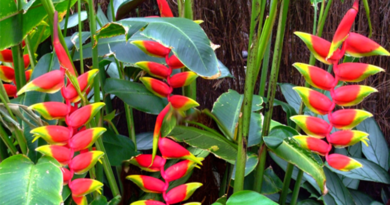Phyllanthus Emblica (Indian Gooseberry) Benefits
Indian gooseberry or amla, is a fruit tree that grows natively in parts of Asia. Indian gooseberry is also known as Amla. Though they are quite sour on their own, their flavor can enhance recipes they’re added to. Gooseberry is a tart fruit high in nutrients, such as vitamin C. The small berries are round and bright or yellow-green.
It has several potential health benefits, including anti-aging, antioxidant and anti-carcinogenic properties. The fruit is use to cook in India and most supplements on the market today are made only from the powdered, dried fruit or fruit extracts.
Anti-Aging
The natural phytonutrients that gooseberries contain may be beneficial for the skin and aging. Vitamin C is an antioxidant that can help prevent cellular damage, which may help slow your body’s natural aging process. Indian gooseberry extract is commonly use in Thailand to promote hair growth. Research suggests that the Phyllanthus species, which Indian gooseberry is part of, may protect the skin from sunlight and UV damage to the skin’s DNA.
Blood Sugar Control
The soluble fiber in amla berries dissolves quickly in the body, which helps to slow the rate your body absorbs sugar. Amla berries have a positive effect on blood glucose and lipid counts in people with type 2 diabetes. Scientists have used Indian gooseberry leaves, fruits, and flowers to study their effects on diabetes. Amla be used as a treatment for diabetes.
Immunity
Indian gooseberry may have some immune-strengthening effects due to its vitamin C content. A single Indian gooseberry contains approximately 600–800% of the Daily Value for this vitamin. Vitamin C can optimize immune health in several ways. It’s an antioxidant, so it works to decrease cellular damage and inflammation. Chronic inflammation is associated with an increased risk of developing conditions like type 2 diabetes, heart disease, or autoimmune disorders.
77 total views, 1 views today




